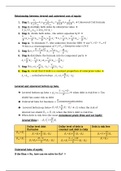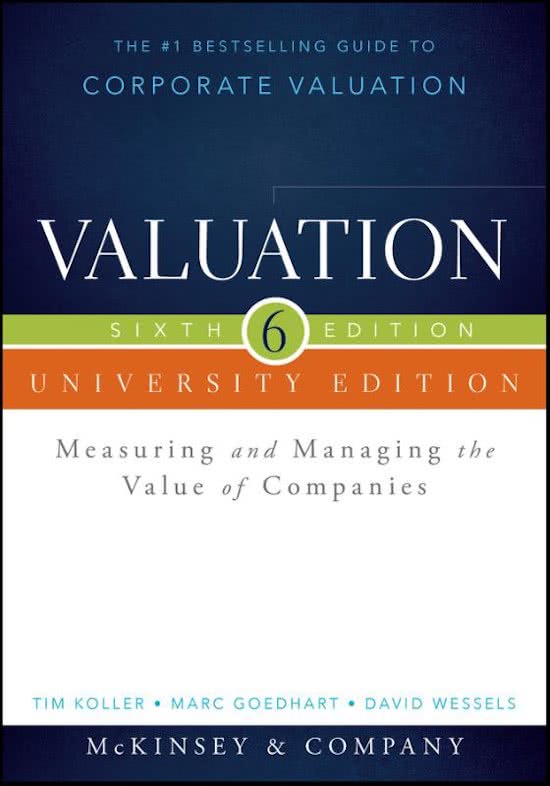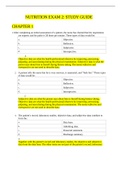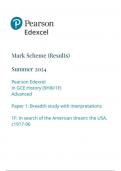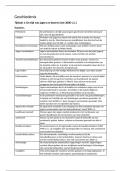Samenvatting
Compact Corporate Valuation summary (covering key concepts and formulas with explanation)
A compact, yet complete corporate valuation summary. All formulas and key concepts are explained in this summary. Grab a copy if you want revise key concepts from the book and course! Includes: * Formulas + explanation * Key concepts * Lecture notes (large overlap with the two above)
[Meer zien]
